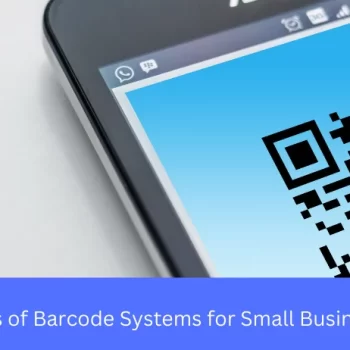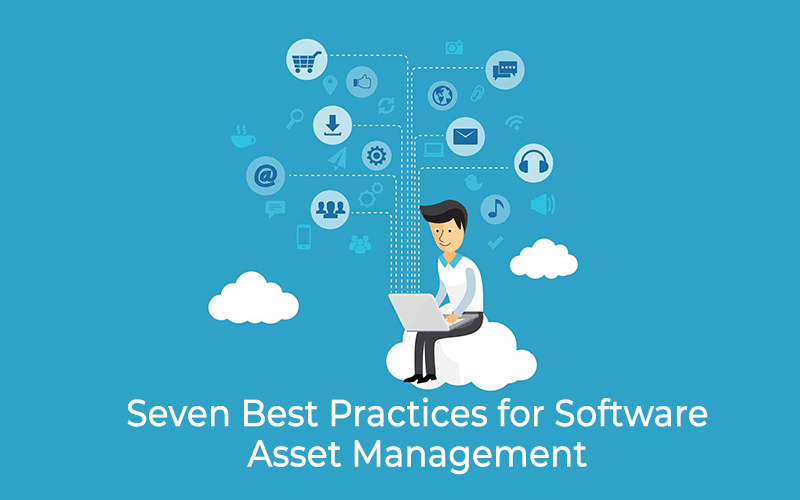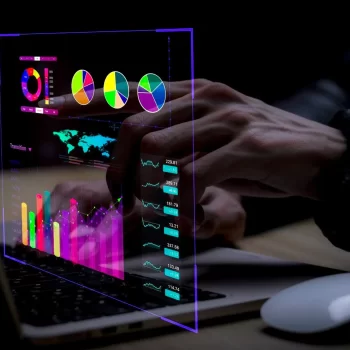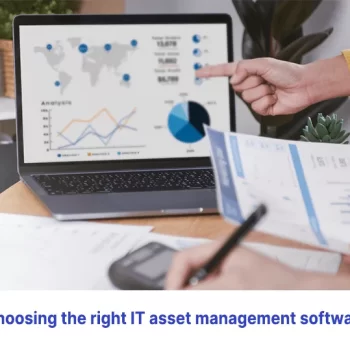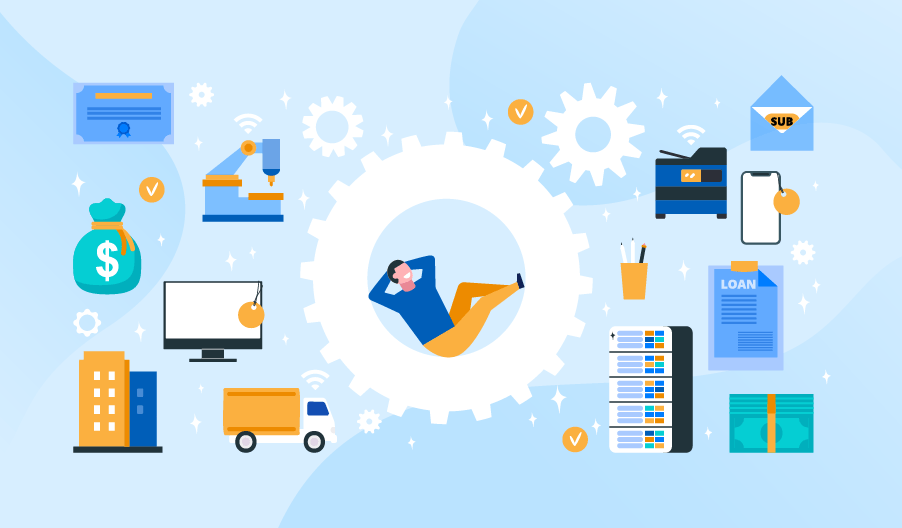In today’s rapidly evolving business landscape, effective management of IT assets is crucial for organizations seeking to optimize their operations and achieve sustainable growth. As companies expand their digital infrastructure, the need for robust IT Asset Management (ITAM) solutions becomes increasingly important. Among the leading providers in this domain is Atlassian, a renowned software company offering a range of products to streamline ITAM processes and enhance productivity.
Understanding the pricing plans and associated costs is a fundamental aspect of evaluating any software solution. This article presents a guide to Atlassian pricing plans, providing valuable insights into the cost structure and helping businesses make informed decisions about their ITAM investments.
Related article: Freshservice Pricing Guide for 2025
Key Features of Asset Software
IT Asset Management software solutions empower organizations to efficiently track, monitor, and optimize their digital assets throughout their lifecycle. By leveraging innovative features and functionalities, asset software brings numerous benefits to businesses, including:
- Asset Inventory Management: Asset software enables creating and maintaining a centralized inventory database, allowing businesses to track and manage their IT assets accurately. This includes detailed information such as hardware specifications, software licenses, warranty details, and associated documentation.
- License Compliance and Optimization: Maintaining compliance with software licenses is critical to avoid legal issues and financial penalties. Asset software provides automated license tracking, ensuring organizations remain compliant and helping them optimize software usage, eliminate redundancies, and reduce costs.
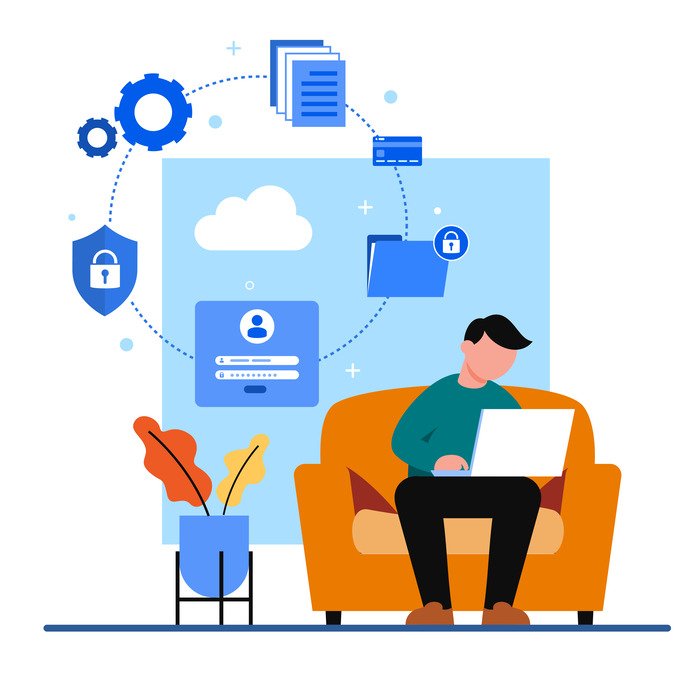
- Change and Configuration Management: Asset software facilitates change management by systematically handling asset modifications, upgrades, and configurations. It helps IT teams streamline workflows, track changes, and ensure accurate documentation for audit purposes.
- Procurement and Vendor Management: Efficient procurement processes are essential for acquiring IT assets and managing vendor relationships. Asset software enables streamlined procurement workflows, automates purchase orders, and tracks vendor performance, ensuring optimal procurement decisions and cost-effective vendor management.
- Reporting and Analytics: Asset software offers robust reporting and analytics capabilities, providing real-time insights into asset utilization, performance, and costs. This empowers organizations to make data-driven decisions, optimize resource allocation, and plan for future investments effectively.
As organizations seek to harness the power of technology and effectively manage their IT assets, choosing the right software solution is crucial. Atlassian offers a range of comprehensive and feature-rich IT Asset Management products to meet the diverse needs of businesses. By understanding the pricing plans and gaining insight into the key features of asset software, organizations can make informed decisions and embark on a path of efficient ITAM practices.
What is Atlassian, and how it helps?
Atlassian provides a range of tools and solutions to help teams collaborate, plan, track, and manage their work more efficiently. The company offers various products, including Jira, Confluence, Bitbucket, and Trello, which are widely used by teams across different industries.
Atlassian ITAM provides a centralized platform for organizations to gain visibility and control over their IT assets, including hardware, software, licenses, and other digital resources. It offers features such as inventory management, asset tracking, contract management, license compliance, and financial management.
By implementing Atlassian ITAM, organizations can benefit in several ways. Here are a few key advantages:
- Enhanced visibility and control: ITAM allows organizations to have a comprehensive view of their IT assets, including details such as ownership, location, usage, and status. This visibility helps make informed decisions regarding asset allocation, procurement, and retirement.
- Improved asset utilization: With ITAM, organizations can optimize the utilization of their IT assets. By identifying underutilized or unused assets, they can reallocate resources where they are needed most, resulting in cost savings and improved efficiency.
- License compliance and risk mitigation: ITAM helps organizations ensure compliance with software licenses and other contractual obligations. Organizations can prevent non-compliance penalties and minimize legal and financial risks by tracking software installations and licenses.
- Cost optimization: ITAM enables organizations to track the financial aspects of IT assets, including acquisition costs, maintenance expenses, and depreciation. This information allows them to identify cost-saving opportunities, negotiate better contracts, and make informed decisions about asset investments.
- Streamlined procurement and provisioning: ITAM streamlines the procurement process by providing insights into asset availability and requirements. It facilitates the efficient provisioning of new assets, ensuring that the right resources are delivered to the right people at the right time.
Overall, Atlassian ITAM empowers organizations to optimize their IT asset management practices, improving efficiency, cost savings, compliance, and better decision-making.
Atlassian Pricing Plans
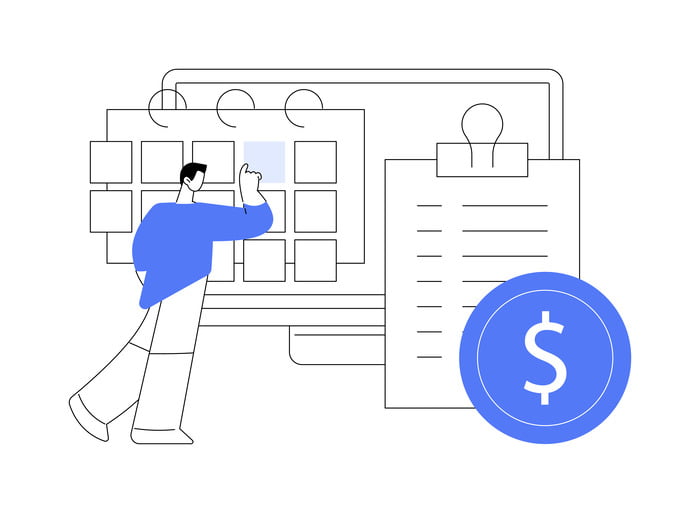
- Atlassian offers different pricing plans, including a free version. The free version provides access for ten users with unlimited project boards, backlogs, basic roadmaps, reporting, and insights.
- The Standard package is priced at $7.75 per user (estimated) and $77.50 per month.
- The Premium plan is priced at $15.25 per user (estimated) and $152.50 per month.
- The Enterprise plan is billed annually, although the monthly plans give you more flexibility as user number changes, so pay for seats as you use them.
Atlassian Advantages and Disadvantages
Advantages of Atlassian ITAM:
- Centralized asset management: Atlassian ITAM provides a centralized platform to track and manage IT assets, including hardware, software, licenses, and configurations. This streamlines asset management processes and improves visibility across the organization.
- Cost savings: By effectively managing IT assets, organizations can optimize resource utilization, avoid unnecessary purchases, and reduce software license compliance risks. This can result in significant cost savings over time.
- Enhanced productivity: Atlassian ITAM enables IT teams to track and locate assets efficiently, making it easier to perform maintenance, upgrades, and troubleshooting. It leads to improved productivity and reduced downtime.
- Compliance and security: ITAM helps ensure compliance with licensing agreements and regulatory requirements, minimizing the risk of legal and financial penalties. It also helps in identifying security vulnerabilities and maintaining a secure IT environment.
- Integration capabilities: Atlassian ITAM integrates with other Atlassian tools like Jira and Confluence and third-party applications, providing seamless collaboration and data sharing across teams and departments.
Disadvantages of Atlassian ITAM:
- Learning curve: Implementing and using Atlassian ITAM may require training and familiarization with the platform, especially for organizations new to Atlassian tools. This learning curve can pose initial challenges for users.
- Customization limitations: While Atlassian ITAM offers extensive configuration options, some organizations may require highly specialized or industry-specific asset management features that are not readily available. Customization may be limited in such cases.
- Maintenance and support: Organizations must allocate resources for ongoing maintenance, updates, and technical support, including staying updated with new releases and patches to ensure system stability and security.
- Scalability: Scalability may concern larger organizations with complex IT infrastructures and many assets. Organizations with significant growth or frequent changes in their asset landscape may face scalability challenges.
- Vendor lock-in: Choosing Atlassian ITAM means committing to the Atlassian ecosystem, which may limit flexibility and increase reliance on a single vendor. Switching to a different asset management solution can be challenging and costly.

Furthermore, its pricing is typically based on a per-user model, meaning the cost increases as the number of users grows. This pricing structure can disadvantage organizations with a large user base, as it may lead to significant expenses, making it less cost-effective in the long run. While the base pricing covers the core ITAM functionality, additional costs are associated with certain features and add-ons. Users may need to pay extra for specific integrations, advanced reporting capabilities, or premium support, which can add up and result in a higher overall cost. In comparison, Infraon Assets offers a simpler pricing structure suitable for organizations of all sizes and across industries.
Infraon Assets may be a better choice than Atlassian due to its competitive pricing. Infraon Assets offers a flexible pricing model that allows users to pay only for the needed features, making it more cost-effective for small to medium-sized businesses, too. Infraon ITAM enables potential users to test the platform before committing to a paid plan.
Features of Infraon ITAM
Infraon ITAM (IT Asset Management) software is a comprehensive solution to help businesses manage their IT assets more effectively. Here are some of its core features:
- Asset discovery
- Asset tracking
- Software license management
- Contract management
- Inventory management
- Asset lifecycle management
- Reporting and analytics
- Integration
- Security.
- Compliance management

Related blog: Ivanti Neurons for ITSM Pricing 2025
Frequently Asked Questions
Who are some Atlassian competitors?
- BMC Software: BMC Software provides ITAM solutions that enable businesses to track and manage their IT assets, optimize software license usage, and improve asset procurement processes.
- ServiceNow: ServiceNow offers a comprehensive ITAM solution that helps organizations manage their IT assets, track software licenses, and optimize asset utilization.
- Ivanti: Ivanti offers ITAM solutions that help organizations automate asset discovery, manage software licenses, track hardware assets, and enforce compliance.
- Infraon Assets: Infraon Assets is a robust IT asset management (ITAM) solution offering comprehensive features designed to help organizations effectively manage and track their IT assets throughout their lifecycle. It offers extensive asset discovery capabilities, a user-friendly interface that allows users to catalog and monitor their hardware, software easily, and other IT assets, and advanced reporting and analytics capabilities. It provides comprehensive insights into asset utilization, compliance, and costs, allowing organizations to optimize their asset management strategies.
- Cherwell Software: Cherwell Software provides ITAM solutions that allow businesses to track and manage their IT assets, streamline procurement processes, and optimize software license usage.
Who is Infraon for?
Whether a small business is looking to streamline its IT operations or a large corporation needs comprehensive IT asset and service management, Infraon provides the tools and capabilities to meet its specific requirements. Infraon’s ITAM solutions are designed for businesses that need to manage their IT assets throughout their lifecycle effectively. This includes tracking hardware and software inventory, optimizing asset utilization, ensuring compliance with licensing agreements, and managing procurement and disposal processes. Infraon’s ITAM solutions help organizations gain better visibility and control over their IT assets, improving efficiency, cost savings, and reducing risks.













